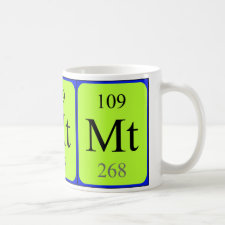
Authors: Gocan S
Article Title: Stationary phases for thin-layer chromatography.
Publication date: 2002
Journal: Journal of Chromatographic Science
Volume: 40
Issue: (10)
Page numbers: 538-549.
DOI: 10.1093/chromsci/40.10.538
Alternative URL: http://chromsci.oxfordjournals.org/content/40/10/538.abstract
Abstract: This paper presents a review of the literature concerning development of the stationary phases for thin-layer chromatography (TLC) in the last ten years. The silica gel remains the most important adsorbent for TLC separation. The kinetic properties of the silica-gel thin layer and the new TLC plates have been presented. Other materials used as stationary phase were alumina, zirconium oxide, Florisil, and ion-exchanger. Chemically new bonded stationary phase development is also discussed. The improvement of the separations of some organic mixtures by impregnation of silica gel, cellulose, or polyamide plates (with transition metal ions and silver salts) and their applications is presented. The impregnation of the thin layer with organic stationary phase and inclusion complexes is another method used for the enhancement of the separation efficiences. Another modality to improve the selectivity in TLC using ion-pairing as reagent of impregnation is described as well. The actual state of chiral separation by TLC is discussed with concrete references to recent advances in chiral stationary phases. The use of nonpolar chemically bonded stationary phases impregnated with transitional metal ions is presented as chiral stationary phases. The cellulose, modified cellulose, chitin, chitosan, and their derivatives are presented and their potential for the analysis of the racemates is discussed. The cyclodextrines and macrocyclic antibiotics were used with very good results for enantiomeric separation by TLC. A new separation approach with molecular imprinting polymers was reported as a chiral stationary phase in TLC. The examples provide a wide range of structural types that can be readily resolved enantiomerically by TLC.
Template and target information: Review - stationary phases for TLC



Join the Society for Molecular Imprinting

New items RSS feed
Sign-up for e-mail updates:
Choose between receiving an occasional newsletter or more frequent e-mail alerts.
Click here to go to the sign-up page.
Is your name elemental or peptidic? Enter your name and find out by clicking either of the buttons below!
Other products you may like:
 MIPdatabase
MIPdatabase









